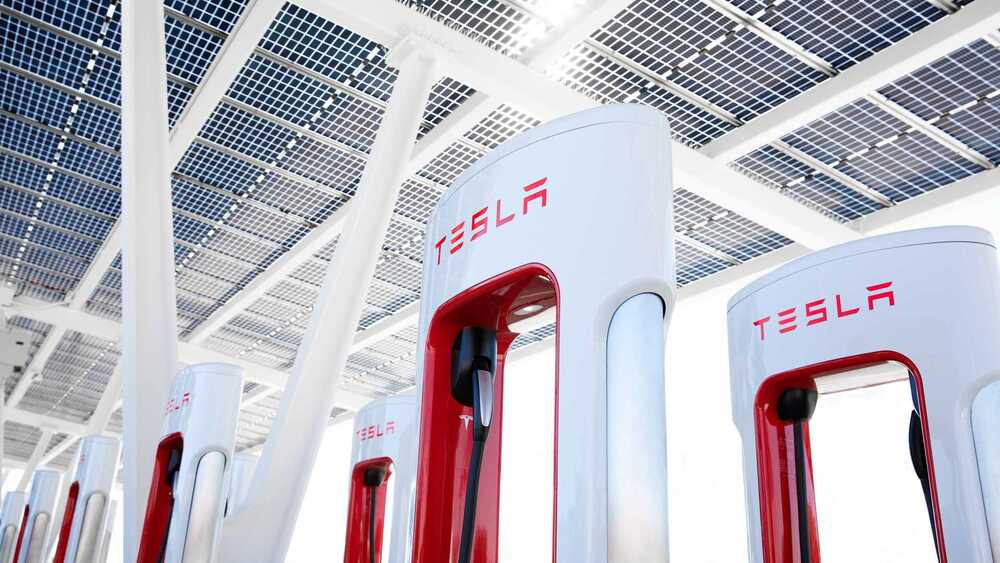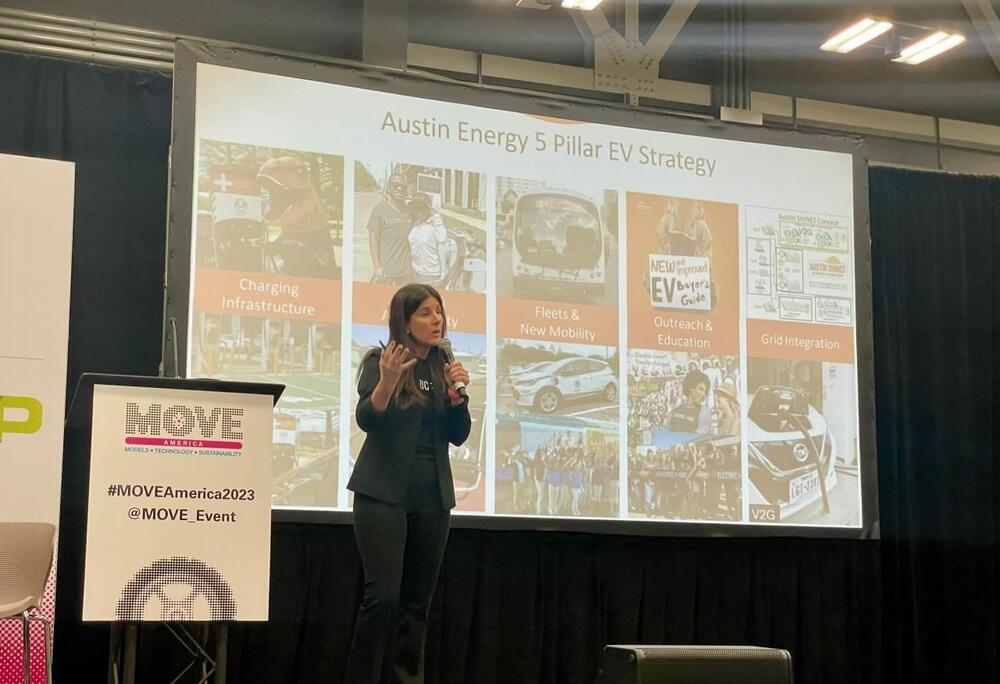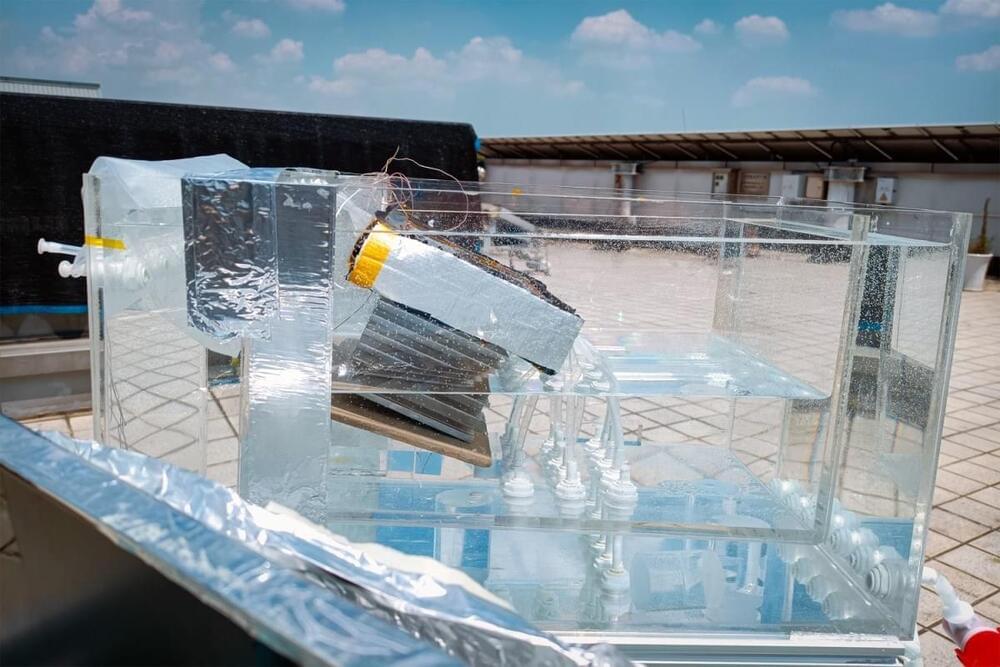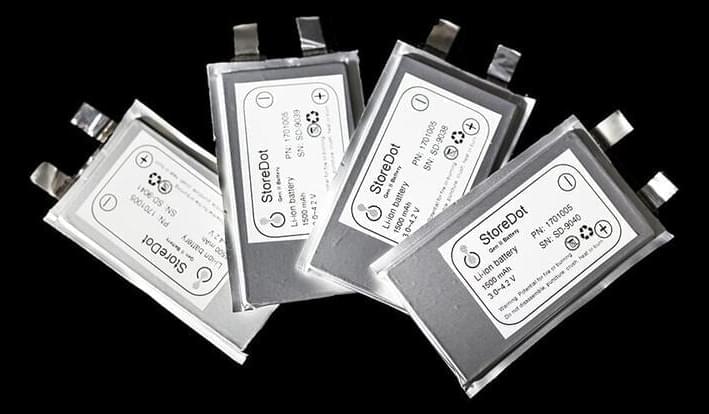Sep 29, 2023
Tesla Launches Non-Tesla Supercharger Pilot Program In New Zealand
Posted by Genevieve Klien in categories: sustainability, transportation
New Zealand is the latest market where Tesla launched its Non-Tesla Supercharger Pilot program, which allows for the recharging of other electric vehicles at Superchargers.
According to the company, six Supercharging sites are now available for all EVs (compatible with the locally used CCS2 charging connector, natively used also by Tesla). That’s about a third of all Supercharging stations in New Zealand.
Australia was included in the program in early 2023, and currently, it seems that more than half (roughly 30 locations) were opened to all EVs.

















